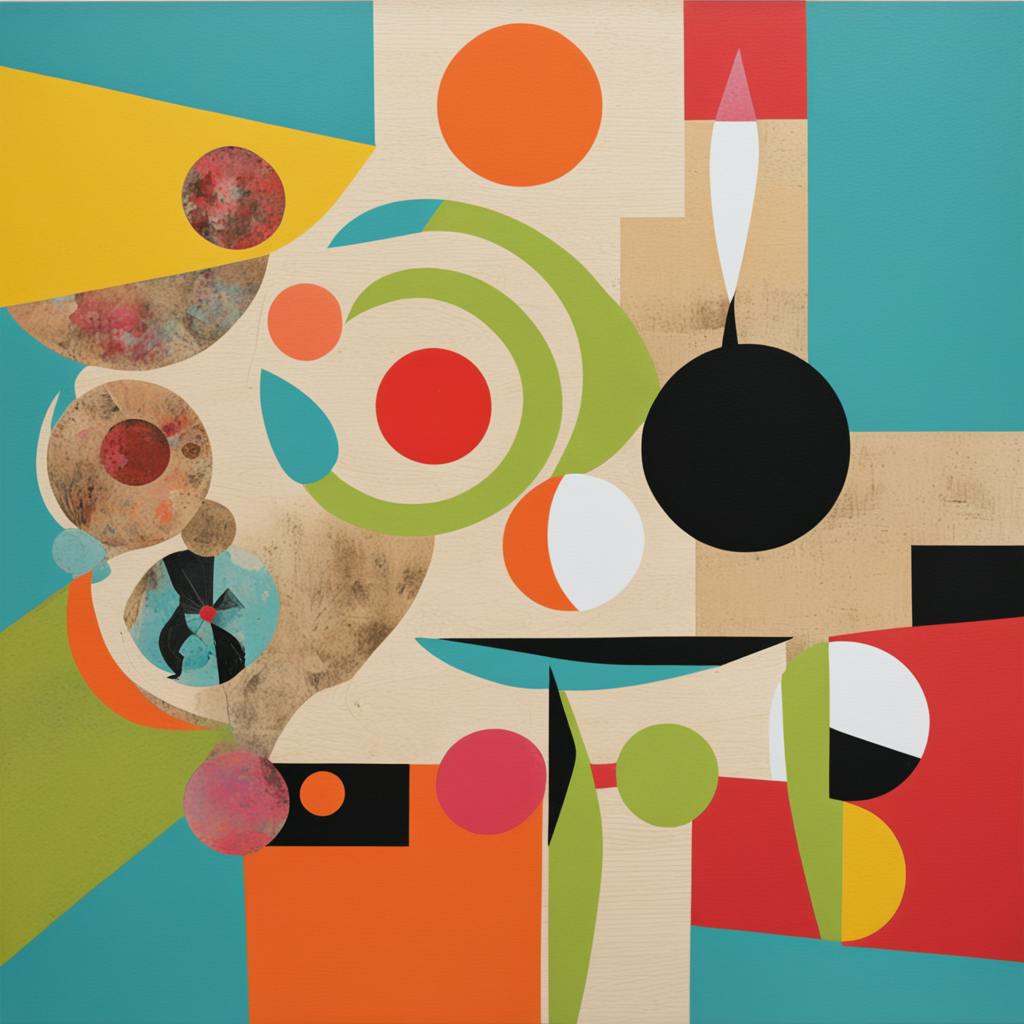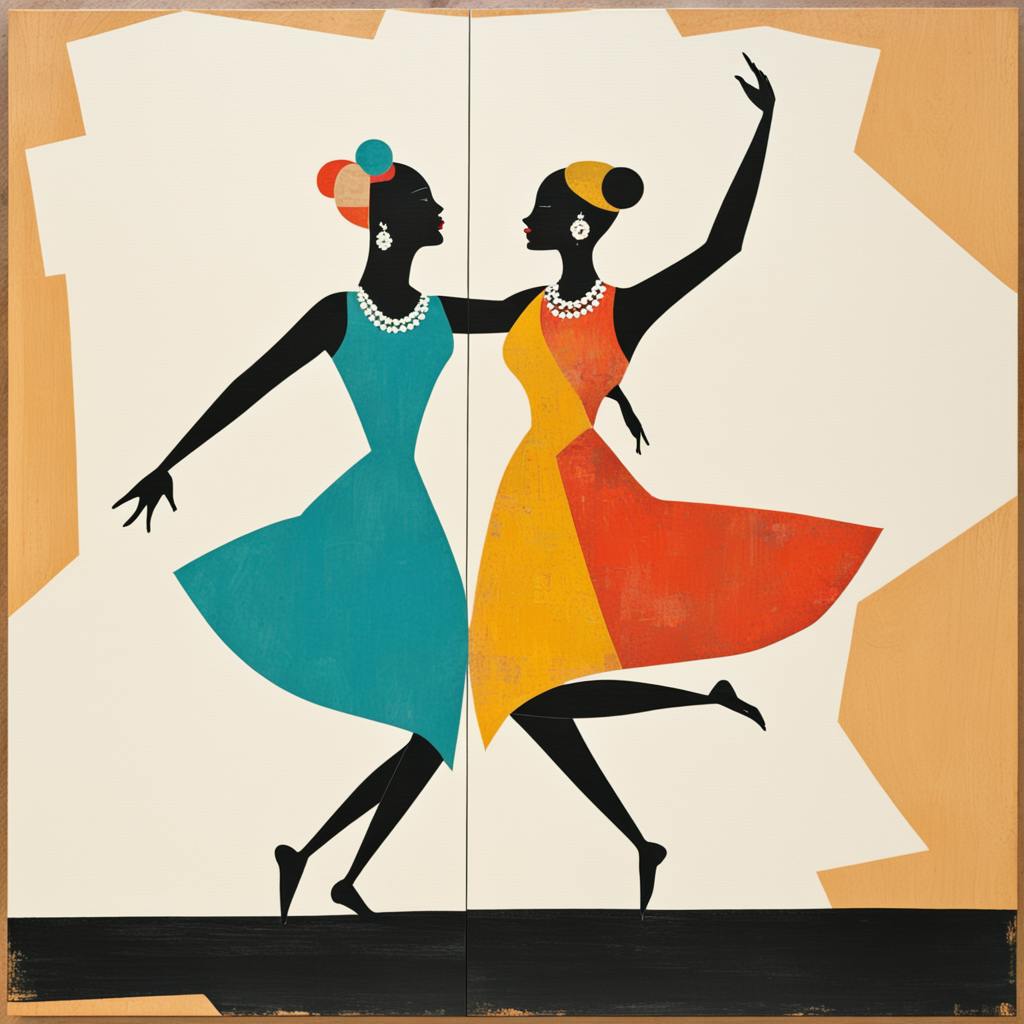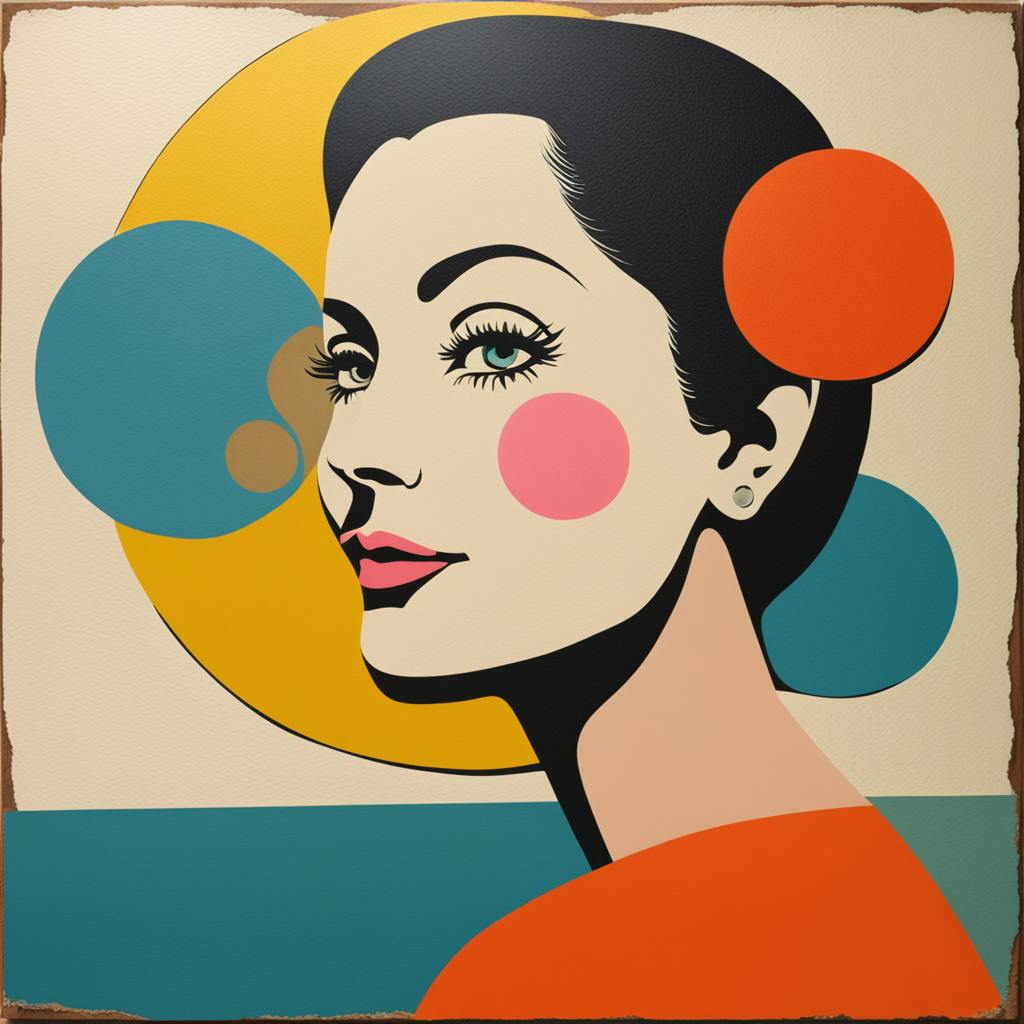In the ever-evolving world of art, balance serves as a cornerstone that artists and admirers alike continuously seek. Whether through a symmetrical arrangement in a classic Renaissance painting or the subtle equilibrium in a modern sculpture, the pursuit of balance in art is a quest for visual harmony that captures the imagination and calms the spirit. This delicate dance invites artists to perfect their craft, creating artworks that resonate with viewers across centuries. By examining the ways balance is achieved and appreciated, we can gain deeper insights into the art portfolio of both contemporary and traditional creators.
Clear Exploration of Balance in Art
Balance, in artistic terms, refers to the distribution of visual weight within an artwork. This can manifest as symmetrical, asymmetrical, or radial balance. Symmetrical balance is the mirror-like alignment of elements on either side of a central axis, contributing to a sense of stability and order. The Gothic cathedrals of Europe or Da Vinci's "The Last Supper" exemplify this form. In contrast, asymmetrical balance involves varying elements that achieve harmony without being identical, as seen in the works of renowned artist Jackson Pollock. Radial balance, where elements radiate from a central point, is a fundamental structure in mandalas and many Eastern art forms.
Concise Examination of Key Concepts
Understanding balance in art involves comprehending how artists like Wassily Kandinsky employ color, form, and space to guide the viewer’s eye seamlessly across the canvas. In contemporary art, balance is often achieved through color contrasts, dynamic compositions, and innovative uses of materials, contributing to a diverse art portfolio. Artists continuously innovate to reflect societal changes while maintaining visual equilibrium, essential for an artwork’s success.
Compelling Discussion on Frequently Asked Questions
Why is balance important in art?
Balance ensures that no single element overpowers others, maintaining a pleasing aesthetic that is crucial for viewer engagement. It delineates the boundary where art transitions from mere randomness to deliberate creation, drawing viewers into an immersive experience.

How do artists achieve balance?
Artists utilize elements like color, line, and texture to create balance. For example, the juxtaposition of light and dark colors can achieve balance through contrast, while strategic placement of shapes can guide the viewer's gaze intuitively.
Credible Insights and Examples
Many art historians consider the study of balance key to understanding the evolution of art through various periods. For instance, the Impressionists, with their emphasis on light and atmosphere, subtly challenged the balance seen in classical formality by introducing movement and spontaneity into their works. Similarly, the Bauhaus movement's embrace of asymmetry and functional form significantly impacted modern design principles.
FAQ on Balance in Art
1. What does balance in art refer to?
Balance in art refers to the visual harmony created within a composition that ensures no single part overpowers or feels heavier than the rest. It is the equilibrium of visual weight between different elements within an artwork. This concept is essential for guiding viewers' eyes through a piece, creating a cohesive work, and often conveying a particular feeling or message. Balance can be symmetric or asymmetric, dynamic or static, each offering different aesthetics and effects.
2. How is balance achieved in artistic compositions?
Balance is achieved through the careful arrangement and manipulation of the elements of art, such as line, shape, color, texture, space, and form. There are several methods to achieve balance, including:
- Symmetrical Balance:
Also known as formal balance, this is achieved when elements are arranged in a mirror-image fashion along a central axis. It provides a sense of harmony and formality.
- Asymmetrical Balance:
Also known as informal balance, this is when balance is achieved with differing elements that have equal visual weight. This can be a more dynamic but also challenging approach.
- Radial Balance:
Elements are arranged around a central point, often providing a circular path for the viewer’s eye to follow. It is common in mandalas and rose windows.
- Crystallographic Balance (or Allover Balance):
Compositions where no single part of the artwork draws more attention than any other. Think of Pointillist paintings or textile patterns where each area is evenly weighted.
- Color and Contrast:
Through the thoughtful use of color, artists can control how elements of different weights are perceived, helping lighter or brighter colors to balance darker, heavier areas.
- Scale and Proportion:
These are often manipulated to provide balance by adjusting the size and hierarchy of visual elements, allowing artists to create focal points and direct the viewer’s attention across the composition.
3. What is the significance of balance in art?
Balance is crucial in art as it contributes to the overall coherence and effectiveness of an artwork. It affects how viewers perceive and engage with a piece, and it can massively influence the emotional and psychological impact an artwork exerts on its audience. A well-balanced composition can convey a sense of order, stability, and calmness, while deliberately disrupting balance can create tension, highlight specific areas, or convey movement and vitality. By strategically using balance, artists are able to convey complex ideas, feelings, and narratives.

4. How does pursuing perfection relate to maintaining balance in art?
The pursuit of perfection in art often involves the quest for an ideal state of harmony among all of an artwork’s components, and balance is a cornerstone of this quest. However, perfection in art can be subjective; what one might view as perfect and balanced, another might interpret differently. Striving for balance doesn't necessarily imply symmetrical or evenly weighted composition but instead finding the right dynamic between elements to express the intended vision or emotion. This often involves a balance between creativity and control, risk and restraint, push and pull—reflecting the broader human pursuit of perfection and harmony in life itself.
In some cases, the concept of "perfect imperfection" is embraced, where the aware disruption of balance (to a slight degree) leads to more engaging, intimate, or profound works by drawing on the unpredictability and organic nature of life itself. This nuanced interplay between maintaining balance and pursuing perfection can define an artist's unique style and make the viewing experience more intriguing.
Together, the pursuit of balance and perfection allows artists to create artworks that resonate deeply, standing the test of time not just for their aesthetic properties, but for their ability to evoke thought and emotion.
Conclusion
In summary, the pursuit of balance in art is a dynamic and intricate dance that continues to captivate and challenge artists across the globe. From the serene symmetry found in classical art to the bold asymmetry of contemporary pieces, balance remains a universal principle that guides artists in their pursuit of perfection. As we engage with art, understanding the nuanced application of balance enhances our appreciation of the depth and thoughtfulness embedded within an artist’s portfolio. Through this lens, we are reminded that the dance of balance is as much an art as the creations it inspires.
Recommended Internal link:
https://www.laetro.com/creative-skills/fine-artist

